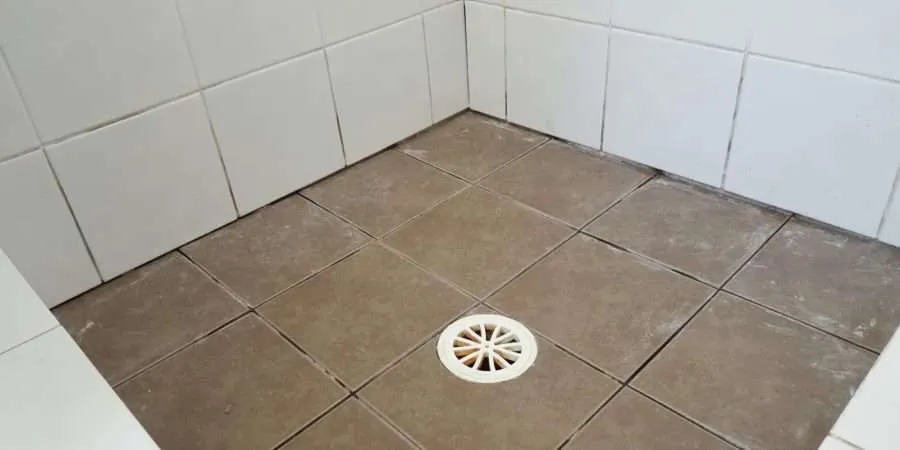We have unearthed this post relating to How to Repair and Prevent Bathroom Water Damage listed below on the net and believe it made perfect sense to talk about it with you in this article.

The washroom is very vulnerable for moist build-up and possible water damage due to the constant use of water in it. This article offers straightforward evaluation techniques to aid discovering water damage threats.
The regular use water in the shower room makes it very prone for moist buildup as well as potential water damage. By checking it routinely, you can lower water related problems.
The following collection of inspections is very easy to execute and also ought to be done when in every 3 months in order to keep your washroom healthy and to stop possible water damages triggered by the tub, the shower, pipeline joints as well as plumbing, sinks, closets, as well as the commode
Do not overlook executing these evaluations and also be comprehensive while performing them. Bear in mind that these easy evaluations can conserve you a lot of money by giving early indicators for water damages
Bathtub and also Shower
The shower and tub need unique attention as well as upkeep. Check the ceramic tiles as well as change if cracked. Make certain that there is no missing out on cement in between the floor tiles. Inspect as well as change fractured caulking at joints where the walls meet the floor or the bath tub. Obstructed drains and pipelines troubles will stop the bath tub from drying and may suggest significant problems below the tub. Talk to a specialist immediately to prevent architectural damages. Pay attention to discolorations or soft areas around the tub wall surfaces as they may indicate an interior leak.
Plumbing
Signs for water damage are difficult to find considering that a lot of pipelines are set up inside the walls.
Pay unique focus to floor covering and wall surfaces moisture and stains as they may suggest an invisible plumbing problem. Check moisture degrees in adjacent areas too.
Sinks and Cabinets
Sinks as well as cabinets are exposed to dampness and also moisture daily and are often forgotten. Evaluate consistently under the sink as well as on the counter top above it. Fix any kind of drip in the trap as it might suggest drainpipe issues. Take a look around the sink, slow draining pipes might suggest a blocked drainpipe. Change sink seals if they are split or loosened.
The Bathroom
The toilet is a vulnerable water joint. Inspect the water lines and look for leaks around the toilet seat, in the tube, as well as under the water tank. If you detect any type of signs of dampness on the floor around the toilet, look for leaks in the toilet edge as well as storage tank seals.
Be aware that hanging commode dish deodorants enhances the opportunities for clogs.
Water Damage Signs In The Bathroom To Avoid Cleanup
Musty smell
This is one of the easiest signs to catch because musty smells are so odorous. The damp, earthy, moldy smell should be a big red flag. The smell will develop when moisture gets trapped in surfaces, and begins to facilitate mold growth. Leaking pipes under cabinets, inside walls, and behind shower fixtures will cause moisture to stay trapped and not dry, which will lead to mold growth and spread. As soon as you notice any musty smells in your bathroom, have it checked for hidden water damage and cleanup signs.
Visible mold
If the smell isn’t there to give it away, sometimes you will actually see mold growth. Finding mold in your bathroom is a serious problem, because mold is very harmful to your health. By the time mold growth is visible, it also means that water damage has already occurred and been present for some time. The only way the mold problem can be resolved is to find the source of the moisture and get it stopped. To safely and adequately remove mold, you need to have professionals handle the remediation. Do not waste any time in getting mold problems addressed, fixed, and sanitized so that you can protect you and your family from the many respiratory symptoms caused by mold exposure.
Damaged floors
Bathroom floors should be able to withstand some exposure to water while still remaining in good condition. However, when excess exposure or water leaks occur, they will begin to damage even the most water-resistant flooring. If you notice any cracking, bubbling, staining, or warping on your bathroom floors, there is probably a water leak somewhere causing the distortion. If you notice areas of the floor have become softer, or even have a spongy feeling, there is probably damage to the subfloor. Subflooring is typically made up of plywood. When plywood is exposed to water or moisture, it will absorb it. Once it has become saturated, the weight of the excess water will cause the wood to swell and soften. Check the floors in your bathroom frequently to catch any of these sings before they lead to damaged subflooring.
Changes on walls
When water leaks behind walls, it will cause changes in the drywall. Peeling plaster, blistering paint, and soggy wallpaper are all good indicators that excess water is building up behind the wall. Water leaking behind drywall will cause it to swell and be soft to the tough. If you start to notice gaps along the trim of your walls, or where tile meets the wall, it could also be a strong indicator that there is a leak behind the wall. Any changes, distortion, or damage on the walls should be evaluated as soon as you notice it to prevent further water damage and cleanup.

We hope you enjoyed our part on Preventing Water Damage in the Bathroom. Thanks for taking time to read our blog post. Sharing is nice. Helping people is fun. Thank you for your time. Please come by our blog back soon.
Schedule Service Now